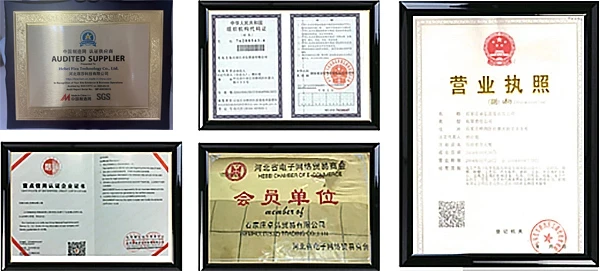



Chemicals Commonly Used for Water Disinfection Processes and Their Effects
Disinfecting Water Key Chemicals and Their Roles
Water is essential for life, and ensuring its safety for consumption is a critical public health concern. One of the primary methods to achieve safe drinking water is disinfection, which involves eliminating pathogenic microorganisms. Various chemicals are employed in the disinfection process, each with its own mechanisms, benefits, and disadvantages. In this article, we will explore the most commonly used chemicals for disinfecting water.
Chlorine
Chlorine is one of the oldest and most widely used disinfectants in water treatment. It is highly effective against a broad spectrum of bacteria, viruses, and some protozoa. Chlorine works by penetrating microorganisms and disrupting their cellular functions, ultimately leading to their death. The use of chlorine is favored due to its cost-effectiveness and the residual disinfectant it provides, ensuring continued protection against pathogens as water travels through distribution systems.
However, while chlorine is effective, it can form chlorinated byproducts (DBPs) when it reacts with organic matter present in the water. Some DBPs, such as trihalomethanes (THMs), are regulated due to potential health risks, including cancer. Therefore, water treatment plants must balance effective disinfection while minimizing byproduct formation.
Chloramine
Chloramine is another chlorinated compound used for disinfecting drinking water, often as an alternative to chlorine. It is formed by combining chlorine with ammonia, resulting in a more stable compound with a longer-lasting residual effect. Chloramine is effective against bacteria and viruses but less effective against some protozoa, such as Giardia and Cryptosporidium.
The advantage of chloramine is that it produces fewer harmful DBPs compared to chlorine, making it a preferred choice in some areas. However, the presence of ammonia can lead to a different set of challenges, including the need for specific monitoring and potential issues regarding lead leaching from plumbing systems.
what are the chemicals used to disinfect water

Ozone
Ozone (O₃) is a powerful oxidant that has gained popularity in water treatment due to its effectiveness against a wide range of pathogens, including bacteria, viruses, and protozoa. Ozone treatment involves bubbling ozone gas through water, which penetrates microbial cells and causes oxidative damage, leading to cell death.
One of the greatest advantages of ozone is its ability to decompose quickly, leaving no residual chemicals in the treated water. This makes it an appealing choice for disinfection, particularly in bottled water production. However, ozone requires careful handling and equipment to generate and stabilize, which can increase operational costs.
Ultraviolet (UV) Light
While not a chemical, ultraviolet (UV) light is an essential disinfection method that uses high-intensity light to inactivate microorganisms. UV light works by damaging the DNA of pathogens, rendering them incapable of reproduction. This technique is particularly effective against viruses and protozoa that may be resistant to chemical disinfection.
The advantages of UV disinfection include its ability to produce no harmful byproducts and its immediate disinfection action. However, UV treatment requires clear water for optimal effectiveness, as turbidity can shield microorganisms from UV exposure. Furthermore, as no residual is left behind, it is often used in conjunction with other disinfection methods to ensure safety throughout distribution systems.
Conclusion
Disinfecting water is a fundamental aspect of public health and safety. The choice of chemical for disinfection varies based on the specific needs of the water supply, including its source, levels of contamination, and regulatory requirements. While chlorine and chloramine are widely used due to their effectiveness and residual properties, alternatives such as ozone and UV light offer unique benefits and challenges. Understanding these chemicals and their respective roles in water disinfection is crucial for ensuring safe drinking water for communities worldwide.
-
Why Sodium Persulfate Is Everywhere NowNewsJul.07,2025
-
Why Polyacrylamide Is in High DemandNewsJul.07,2025
-
Understanding Paint Chemicals and Their ApplicationsNewsJul.07,2025
-
Smart Use Of Mining ChemicalsNewsJul.07,2025
-
Practical Uses of Potassium MonopersulfateNewsJul.07,2025
-
Agrochemicals In Real FarmingNewsJul.07,2025
-
Sodium Chlorite Hot UsesNewsJul.01,2025










